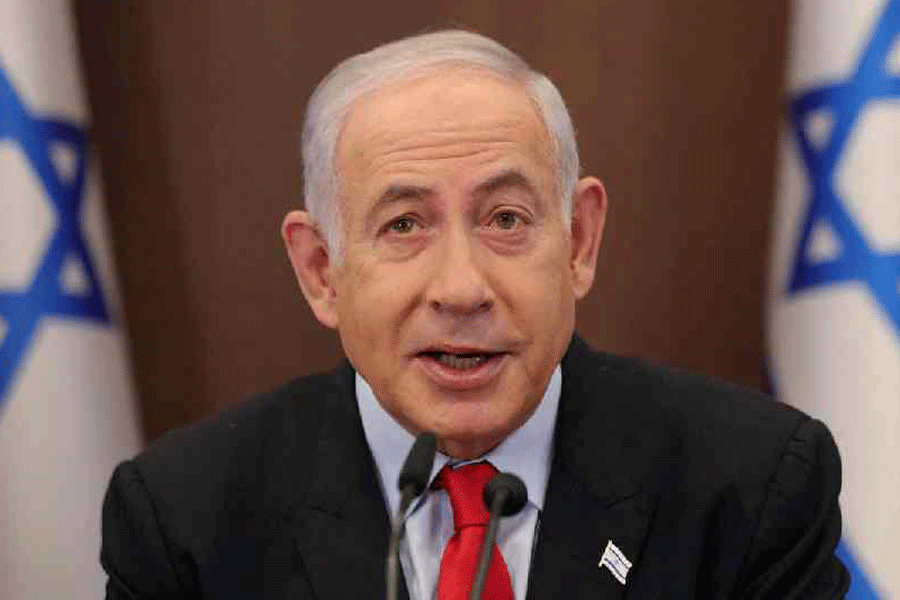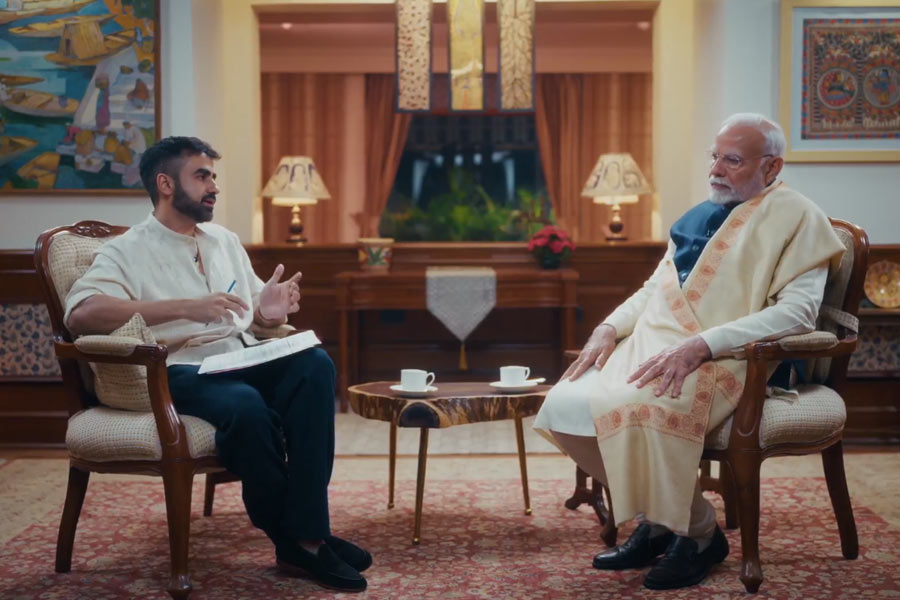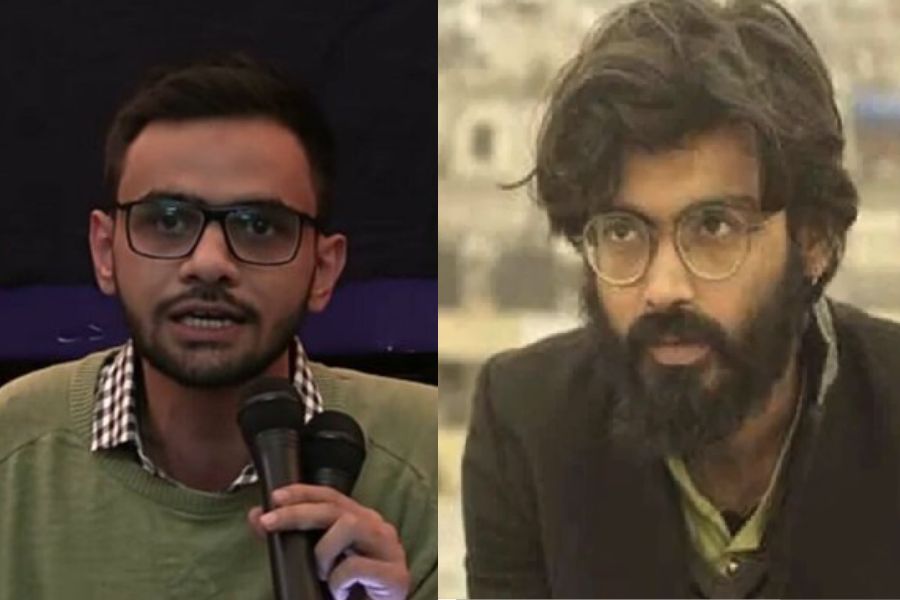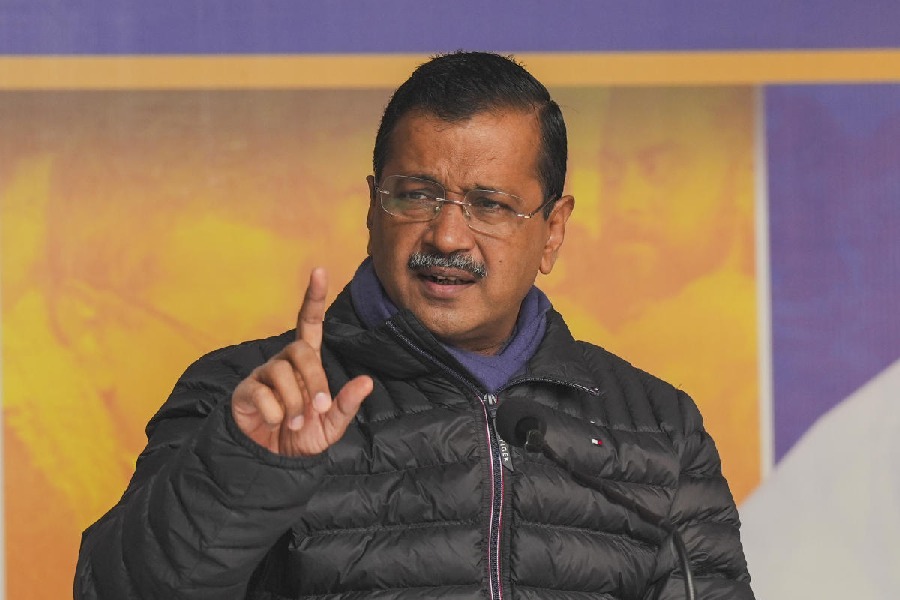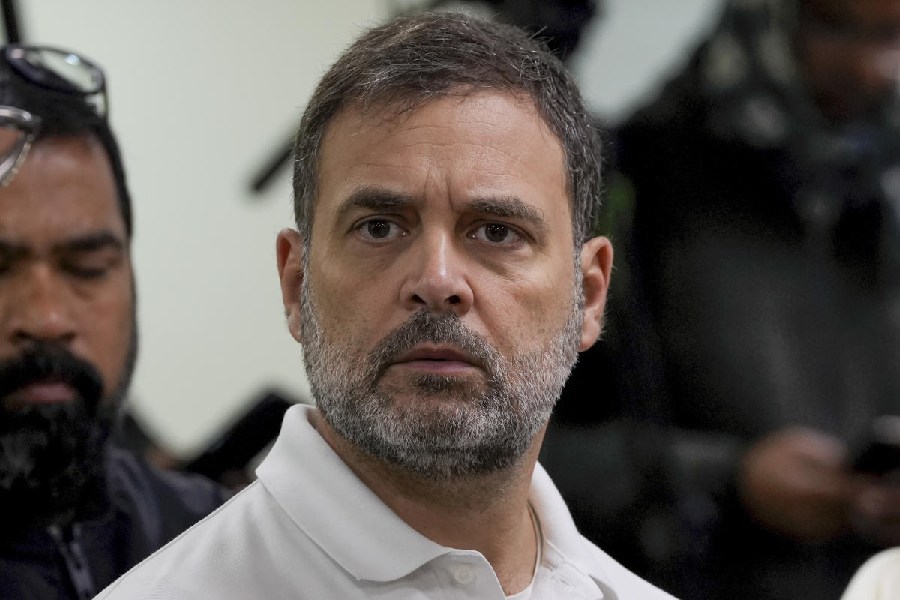Israel is withdrawing some forces from Gaza to shift to more targeted operations against Hamas, and is partially returning reservists to civilian life to help the economy as the war looks set to last well into the new year, an Israeli official said.
The official said toppling the Islamist faction remained an objective of the offensive in the Palestinian enclave, and that some of the five brigades withdrawn will prepare for a possible flare-up of a second front against Hezbollah in Lebanon.
Since launching the war in retaliation for the cross-border Hamas rampage of October 7, Israeli officials have said they would wage it in three main stages. The first was intense shelling to clear access routes for ground forces and encourage civilians to evacuate. The second was the invasion that began on October 27.
With tanks and troops having now overrun much of the Gaza Strip, largely asserting control despite Palestinian gunmen continuing their ambushes from hidden tunnels and bunkers, the military is moving to the third stage, said the official, who could not be named in print given the sensitivity of the issue.
"This will take six months at least, and involve intense mopping-up missions against the terrorists. No one is talking about doves of peace being flown from Shajaia," the official told Reuters, referring to a Gaza district ravaged by fighting.
In addition to the 1,200 people killed on October 7, Hamas took some 240 hostage. Israel is also determined to recover the 129 still held in Gaza. Qatari- and Egyptian-mediated truce efforts have raised the prospect of some of them being freed.
The shift appeared to correspond to pressure from Israel's top ally, the US, to review tactics and do more to protect non-combatants.
Bolstering economy
Israel initially drafted 300,000 reservists — some 10 per cent to 15 per cent of its workforce — for what looks set to be its longest-ever war. Government sources have said between 200,000 and 250,000 reservists were still mobilised and absent from jobs or studies.
The official said two of the brigades being withdrawn were made up of reservists, and described the move as designed to "re-energise the Israeli economy". Local media have reported that several military divisions were deployed throughout Gaza.
The official added that some of the troops pulled out of Gaza in the south would be prepared for rotation to the northern border with Lebanon, where Hezbollah has been exchanging fire with Israel in solidarity with the Palestinians.
Israel has warned that, if Hezbollah does not back down, a full-on Lebanon war looms. Both Hamas and Hezbollah are backed by Iran, whose militant allies in Syria, Iraq and Yemen have also been carrying out longer-range attacks against Israel.
Half of Gaza faces starvation, warns UN
New York: Walaa Zaiter’s four children have been hungry for weeks, but she can barely find them food.
They ask for sandwiches, fruit juice and homemade Palestinian dishes like she used to cook before the war began. In a fleeting moment of internet access, she said, she once caught the children huddled around her phone to watch a YouTube video of someone eating french fries.
The most they can hope for these days, she said in a recent telephone interview, is a can of peas, some cheese and an energy bar distributed as a family’s rations by the UN once a week in Rafah, a city in the southern Gaza Strip where they fled to in early December to escape Israeli bombardment farther north. It is not nearly enough to feed her family of seven.
“It’s a daily struggle,” said Zaiter, 37, whose children range in age from 9 months to 13 years. “You feel you are under pressure and hopeless, and you cannot provide anything.” Israel’s war in Gaza has created a humanitarian catastrophe, with half of the population of about 2.2 million at risk of starvation and 90 per cent saying that they regularly go without food for a whole day, the United Nations said in a recent report.
Arif Husain, chief economist at the World Food Programme, said the disaster in Gaza was among the worst he had ever seen. The territory appears to meet at least the first criteria of a famine, with 20 per cent of the population facing an extreme lack of food.
“I’ve been doing this for about 20 years,” Husain said. “I’ve been to pretty much any conflict, whether Yemen, whether it was South Sudan, northeast Nigeria, Ethiopia, you name it. And I have never seen anything like this, both in terms of its scale, its magnitude, but also at the pace that this has unfolded.”
New York Times News Service

